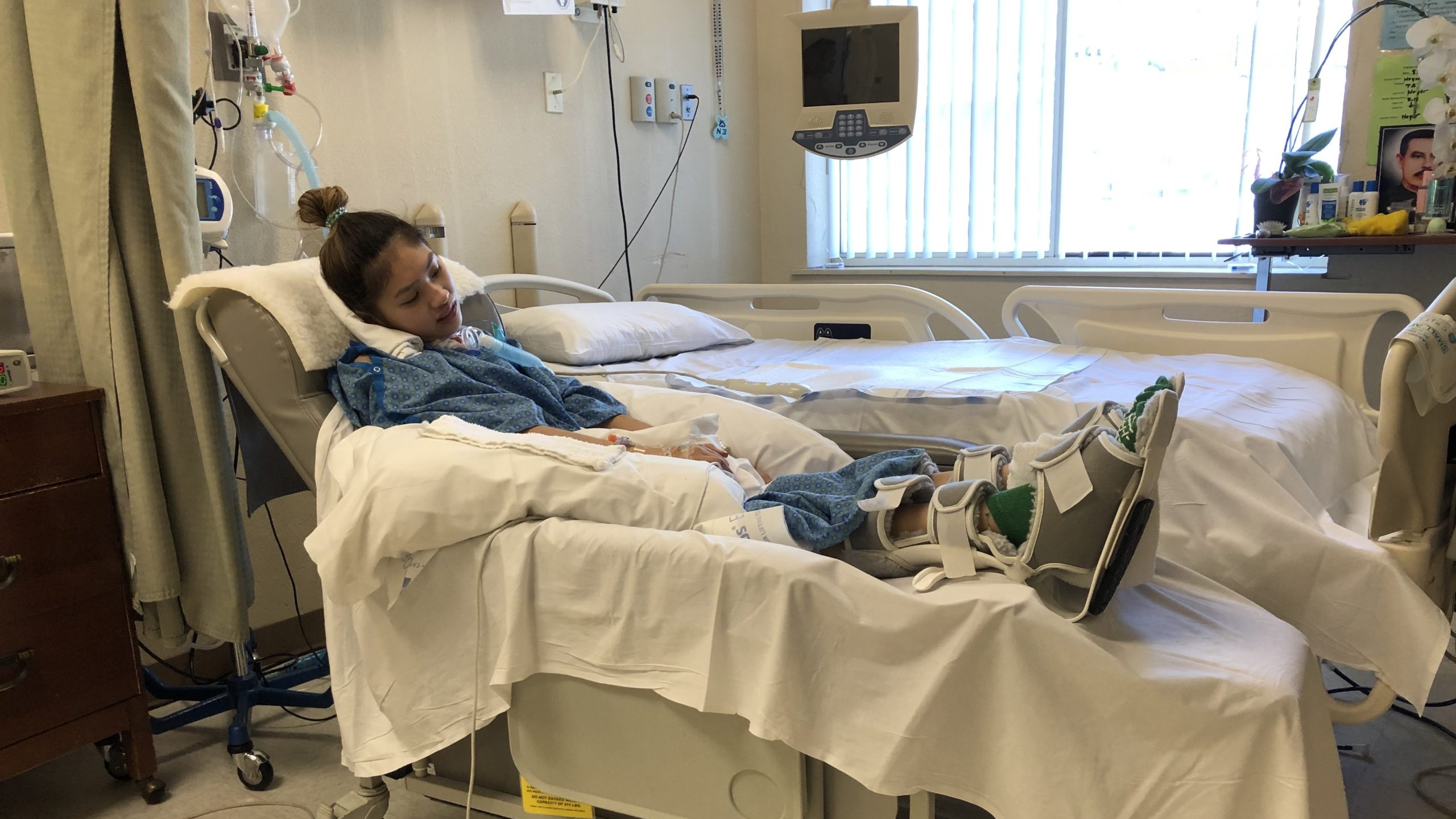
Perhaps you are considering eye Botox. What are the side effects of eye Botox and how much is it? Continue reading for more information. Below, we'll discuss eligibility, cost and recommendations. For more information, please visit our eye Botox page. Stay tuned for our next article on the side effects and cost associated with eye Botox.
Cost
The price of eye Botox depends on what type of treatment you choose and how many units are required. Regular treatments are cheaper than annual visits and may qualify you for insurance coverage. The procedure is covered by insurance if it's prescribed by a boardcertified physician. The insurance company may not cover you if your condition involves cosmetic procedures. Most insurance providers will ask you to provide a detailed medical record and authorization prior to treatment.
New York doctors often charge by the number of units or areas they treat. It varies in price, but may range between nine and twenty dollars. A single eye will most likely receive five units of Botox, with a higher price if you need more than one treatment. However, it is important to note that medical insurance usually does not cover the cost of cosmetic Botox injections. Eye Botox costs can vary greatly so it is important to speak to your doctor before you undergo the procedure.

Side effects
Eye botox injections work by relaxing the muscles that control eye movement. Strabismus, for example, is caused by an imbalanced muscle tone. This can also lead to eyelid movement problems. This is often due to nerve damage around or leading from one eye to another. Because of this, the brain may not properly interpret visual signals sent by one eye. Botox injections may be able to decrease or eliminate the onset and progression of these conditions.
Drooping eyeslids can also be a side effect. People with Botox injected between their eyebrows may notice their eyelids droop after the procedure. Botox may be injected into the forehead. Patients who have lowered their eyebrows might also notice a decrease in their vision. In such a case, eye drops and ointments can be used to relieve the eyelid droop. Some patients may also experience dry eye as a side effect.
Recommendations
Here are some tips for those who are considering eye Botox. It is important to avoid direct sunlight for at most an hour following the procedure. Sunscreen and UV-protective eyewear are recommended. Make sure you wear sunglasses that provide UVA/UVB protection. You can also take good care of your skin by reducing your stress levels.
In some cases, the eyelid muscles might twitch out of control. Myokymia can occur on either the upper or lower eyelids. Sometimes, both of your eyelids can twitch too much. If your eyelid twitches frequently, Botox injections can help reduce the spasm. It is important to consult your doctor before having Botox treatment, since unapproved use of the substance can have serious consequences.

Patient eligibility
Some insurers don't cover eye botox. Medicare does. Medicare Part D covers the majority of prescription drugs in this group, including botox. Before you have the procedure, ask your doctor about your coverage. The insurance company will determine whether the procedure is covered, and then approve payment. While you might need to pay a copayment (usually less than $20), it is not usually necessary. Your doctor will recommend a treatment plan after your initial consultation.
Medicare covers most of the cost of eye botox. However, some people may have to pay additional costs. Prices will vary depending upon how many Botox injections you require. Consult your doctor if there is no insurance. Your health history as well as any medications that you may be on will be requested by the doctor. Your doctor may ask about your medical history, as certain medications and procedures can interact with Botox. Your doctor will ask about whether you're currently taking anti-depressants or blood pressure medication. You may also need prescription medications, such as painkillers. You might also require anesthesia or numbing lotion.